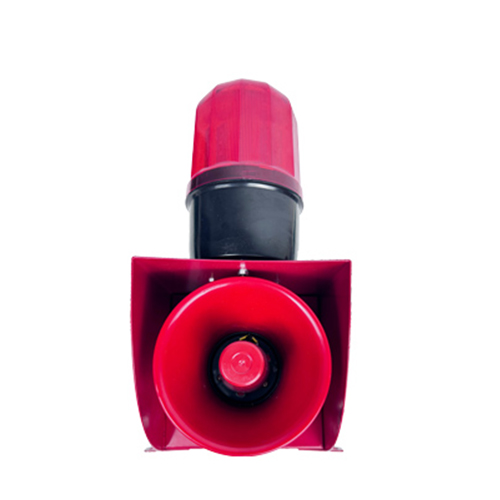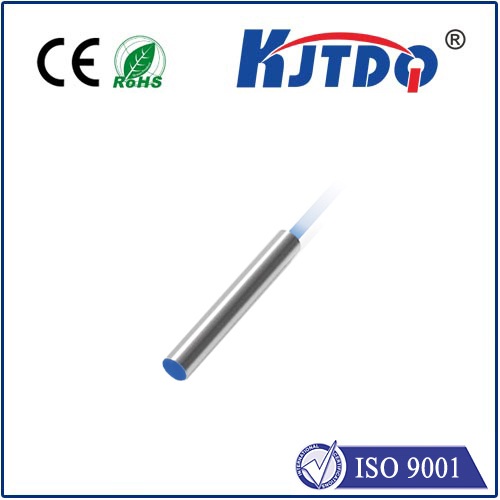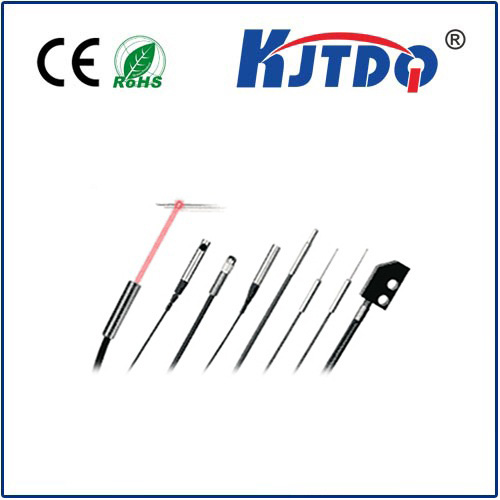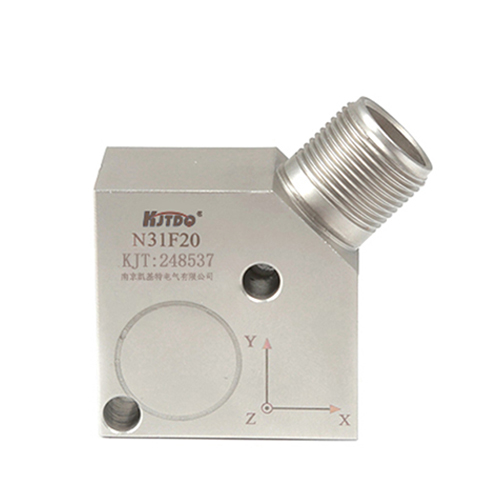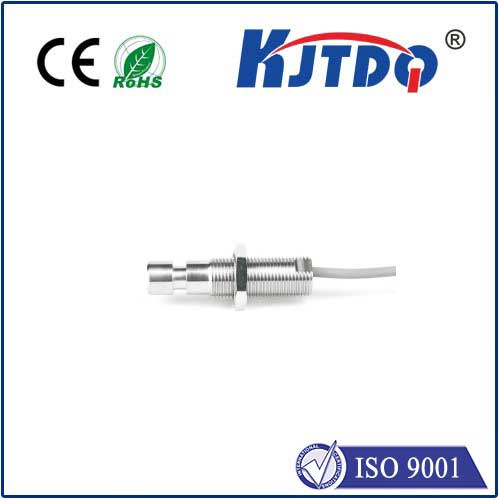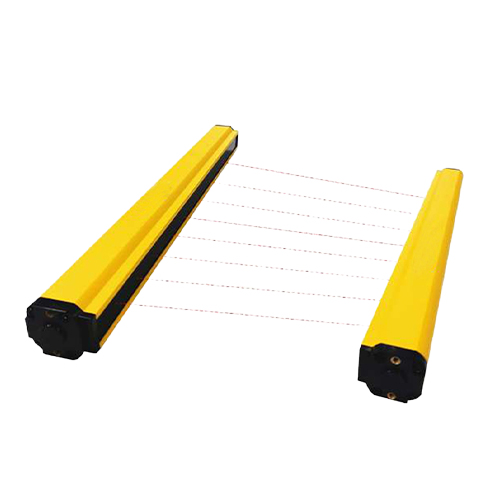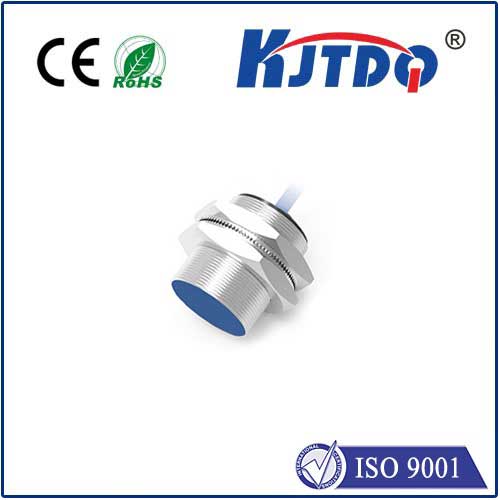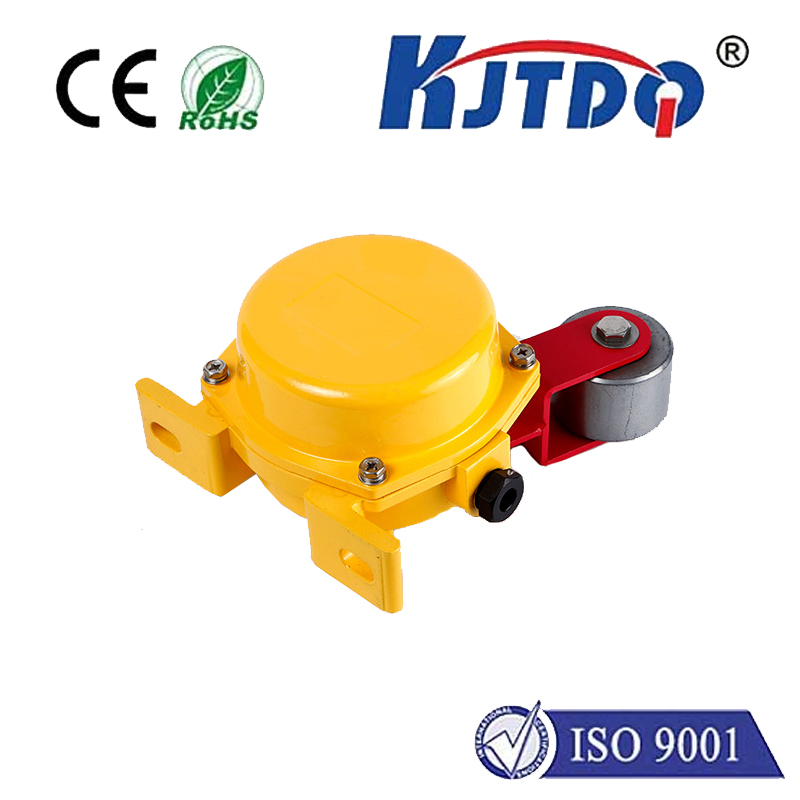

check

check

check

check

check

check

check

check

check

check
Ever tapped a giant display at a museum or navigated a kiosk at the airport? Chances are, you encountered an optical touch sensor. Unlike the capacitive screens on your smartphone, these ingenious systems rely on light, not electrical conductivity, to detect touches. This fundamental difference unlocks a world of possibilities for large-scale, durable, and versatile interactive surfaces, making them a critical technology powering everything from digital signage to collaborative whiteboards. But how do they really work, and why are they becoming the go-to solution? Let’s delve into the technology illuminating modern touch interaction.
Beyond Fingertips: The Core Principle of Light-Based Sensing
At its heart, an optical touch sensor operates on a beautifully simple concept: disrupting light. Instead of sensing a change in capacitance or pressure on a specific point, it continuously monitors light patterns across a surface. When an object – your finger, a stylus, or even a gloved hand – touches the surface, it interrupts these light beams. Sophisticated sensors and algorithms then pinpoint exactly where this interruption occurred.
This core principle is typically implemented using strategically placed components around the display frame:
Different Paths of Light: Key Optical Touch Technologies

While all share the light-disruption principle, several distinct implementations have evolved to meet varying needs and performance targets:
Infrared Grid (IR Frame): This is one of the most common and cost-effective designs. A frame surrounding the display houses discrete IR LED emitters along one or two sides and corresponding photodiode sensors along the opposite sides. The LEDs rapidly fire in sequence, creating a dense “grid” of invisible light beams just above the screen surface. A touch breaks specific X and Y axis beams, allowing the controller to triangulate the exact touch point with good accuracy. Its simplicity makes it ideal for kiosks and interactive tables.
Frustrated Total Internal Reflection (FTIR): Commonly found in advanced multi-touch tables and some interactive walls, FTIR leverages the physics principle of total internal reflection. Light from IR LEDs attached around the edges is internally reflected inside the thick acrylic or glass substrate (panel) itself, bouncing back and forth. When a finger touches the surface, it “frustrates” this internal reflection at that precise point, causing the IR light to scatter downwards. A high-resolution IR camera mounted beneath the panel then captures this scattering event as a bright blob, precisely mapping the touch location(s). FTIR excels at detecting multiple simultaneous touches and even touch pressure gradients, enabling rich multi-touch gestures.
Diffused Illumination (DI) & Diffused Surface Illumination (DSI): These methods illuminate the entire interaction area from below or the sides using diffuse IR lighting. A touch (like a finger) reflects significantly more of this diffuse light back towards an overhead IR camera than the background surface. The camera captures an image highlighting the touch point(s). DI/DSI is robust against surface contaminants and can work with almost any solid overlay, making it suitable for rugged industrial settings and rear-projection displays.
Laser Light Plane (LLP): This approach involves projecting one or more thin planes of laser light (scanned laser beams) just above the display surface. Sensors located at the corners detect when a touch breaks these laser planes. LLP systems can achieve very high touch resolution and are often used in large-format displays and touch tables requiring exceptional precision.
Why Choose Optical? Key Advantages Shaping Adoption
The shift towards optical touch isn’t arbitrary; it offers distinct benefits that solve real-world challenges:
Where Light Leads: Diverse Applications Enabled
The unique strengths of optical touch sensors have propelled them into countless environments:
Considerations: Illuminating the Trade-Offs
While powerful, optical touch isn’t a universal panacea. Understanding limitations ensures the right technology fit:
